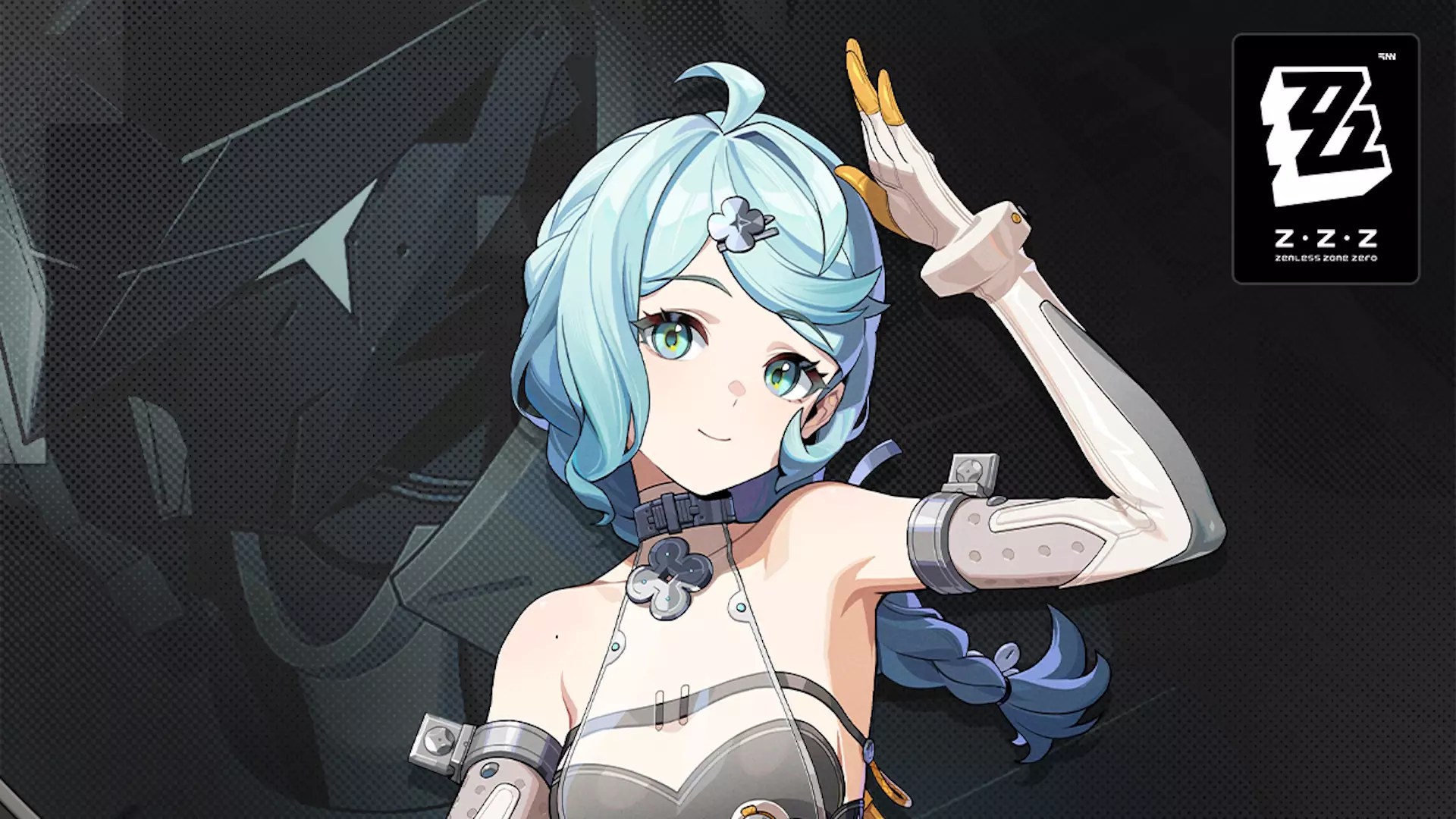Zenless Zone Zero (ZZZ) emerges as a provocative force within the modern gacha and action RPG landscape, boldly challenging conventional standards of modesty and subtlety. Unlike many of its contemporaries, this game unabashedly leans into explicit visual elements — from rapid-fire sexualized imagery to fetishistic character design — consciously redefining what players can expect from digital entertainment. The game’s willingness to indulge in such audacity is not merely for shock value; it reflects a deliberate attempt to push boundaries and cultivate a niche that revels in outright boldness.
While some gamers might find this approach provocative or even off-putting, it undeniably sets Zenless Zone Zero apart in a crowded marketplace. The strategic use of sexualization, especially the frequent focus on characters’ feet, exemplifies a specific aesthetic ethos reminiscent of auteur-driven films like those of Tarantino. The game’s animations and promotional content, such as the recent teaser for the new S-Rank character Seed, leave little to the imagination, flaunting fanservice details with the confidence of a director who knows exactly what his audience craves.
This unapologetic approach to character portrayal sparks ongoing debates about artistic freedom versus objectification. Yet, within this controversy lies the broader question: Is ZZZ merely catering to a specific fetishistic segment, or is it pushing for a new narrative landscape where bold sexuality is normalized? The game’s creators appear to embrace the latter, transforming what might be dismissed as gratuitous into a deliberate aesthetic choice that demands attention.
Character Diversity and Representation: A Double-Edged Sword or a Progressive Step?
The reveal of Seed, a sleek, petite mech pilot with a penchant for detailed foot shots, has reignited discussions around diversity—both in body types and character archetypes within the gacha genre. Historically, these games have skewed towards idealized, often unrealistic character designs, emphasizing slim, youthful physiques that cater to certain aesthetic standards. ZZZ’s decision to feature a small woman directing a formidable mech challenges this norm—though, paradoxically, her depiction still aligns with certain stereotypical traits like slenderness and youthful appeal.
The community’s mixed responses highlight a persistent tension: hesitation about whether the game genuinely represents diversity or perpetuates specific beauty standards under the guise of inclusivity. While some players rejoice at the prospect of seeing a variety of body types, others express disappointment that Seed’s design continues to prioritize slimness despite her empowering role as a mechanic and fighter. Amidst this, whispers of a potential upcoming character — a muscular, imposing wolf-type — hint at an evolving roster that could, perhaps, better embody true body diversity.
Yet, it’s undeniable that Seed’s debut, with her miniature stature and detailed foot shots, raises crucial questions about objectification. Is her portrayal empowering—a celebration of small but fierce women—or simply another instance of fetishization that reduces her to a visual trope? This duality underscores a broader challenge within the genre: balancing visibility and representation without slipping into exploitation.
The Power of Provocation in Shaping Gaming Culture
What makes Zenless Zone Zero particularly noteworthy is its unapologetic use of provocative imagery as a core part of its identity. By doing so, it not only commands attention but also influences gaming culture at large. The firestorm surrounding Seed’s teaser, especially the obsessive focus on her feet, exemplifies how the game manipulates visual storytelling to stir discussion, humor, and even controversy.
Some enthusiasts admire this boldness, viewing it as a sign of artistic confidence in an industry often criticized for its conservatism. Others critique it for risking alienation or perpetuating problematic tropes that can harm perceptions of women and non-conforming bodies. Regardless, ZZZ’s approach signals a broader shift—one where boundaries are pushed in the pursuit of creating a unique, memorable aesthetic.
The game’s willingness to combine high-octane action with sexually charged visuals underscores its intent to be provocative. It challenges players to confront their expectations of what contemporary games should be—be it in visual style, character diversity, or narrative depth. This boundary-pushing may not resonate with everyone, but it undeniably sparks conversations that force the industry to reevaluate what is acceptable or even possible in digital storytelling.
—
While Zenless Zone Zero’s audacity may seem polarizing, it undeniably elevates the dialogue surrounding sexualization, diversity, and artistic expression within gaming. Its boldness—whether appreciated or criticized—forces players and creators alike to consider what the future of character design and content representation might look like when unshackled from traditional norms.


Leave a Reply